documenting cicero's historic olympic theater (1927) cut short by heat exhaustion.
This entry was posted on July 17 2017 by Eric
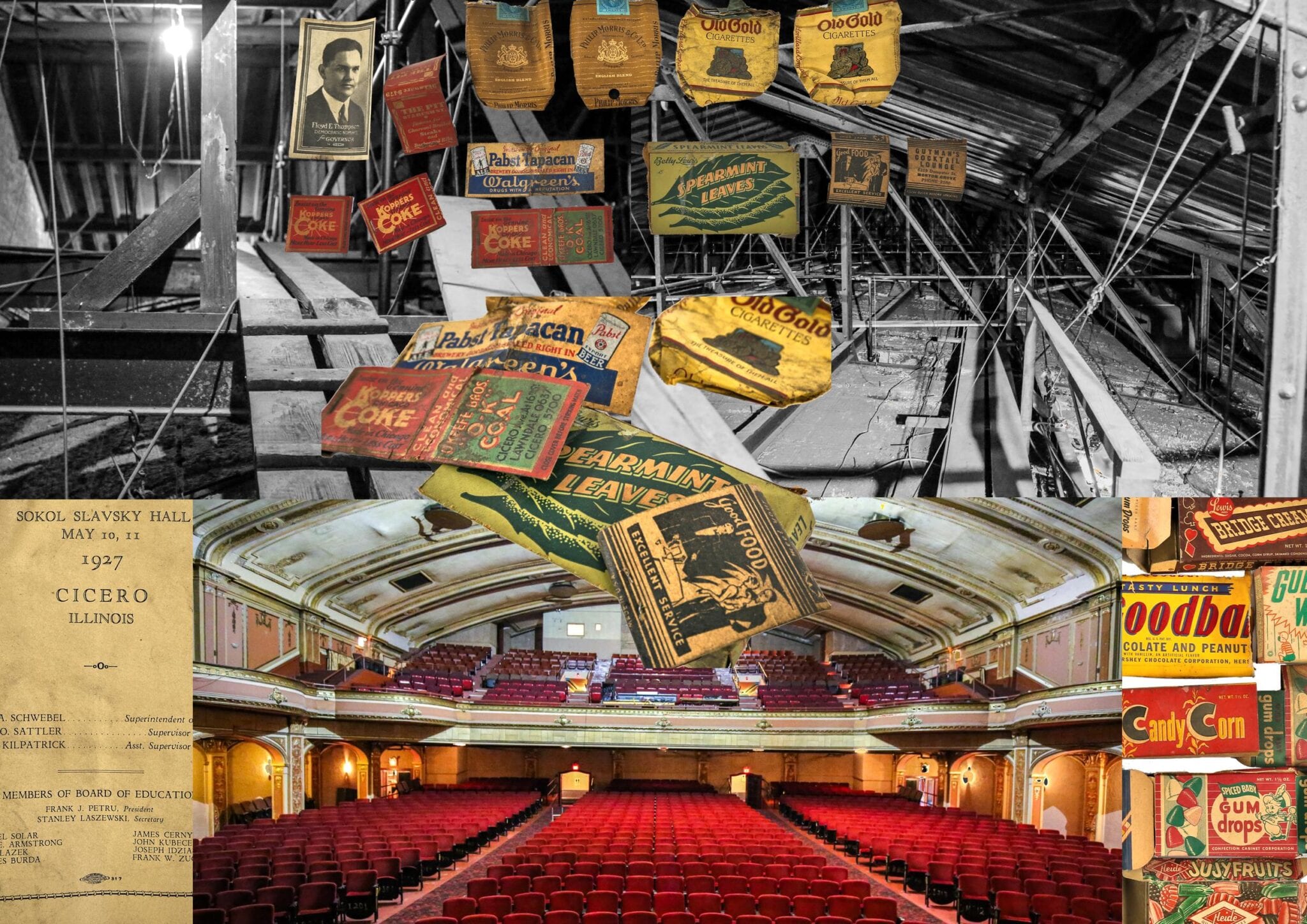
i moved quickly to document any and all ornament adorning the lobby and auditorium of the 1927 olympic hotel, formerly known as the sokol slavsky building. Most of it had remained original and largely unaltered since time of construction, and i was preparing to commit the remainder of the afternoon to exploring the theater's remaining untouched nooks and crannies. hopefully this would lead to the discovery of more forgotten artifacts and objects left behind by tradesmen in the theater's attic, and by moviegoers in the plenum nestled below the auditorium's seating.
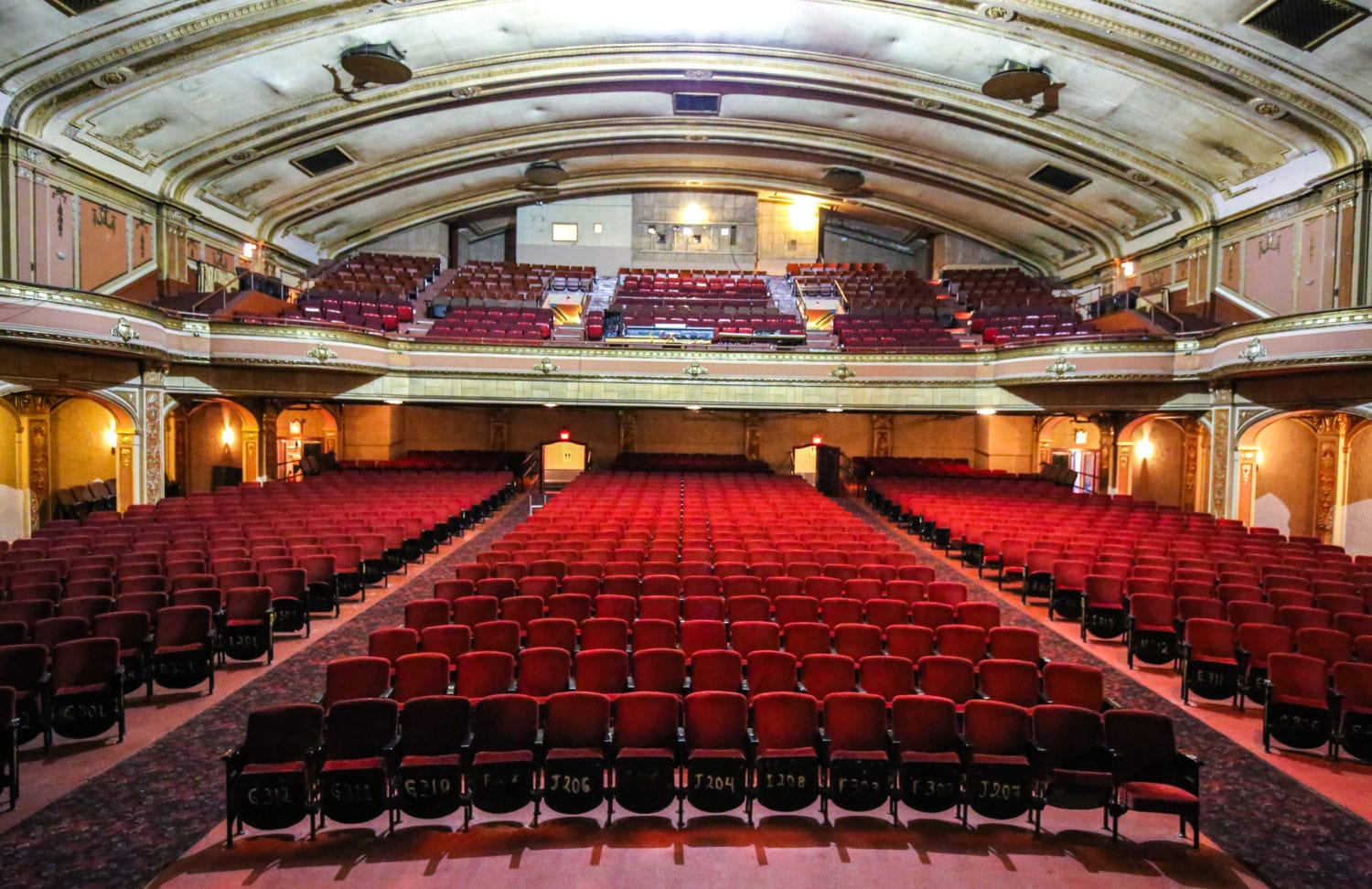
with safety gear, lighting, and camera equipment in tow, i delved into the aforementioned spaces. beginning with the attic, i quickly realized within 20 minutes of traversing precarious steel trusses between catwalks, that i was overheating and beginning to feel dizzy and anxious. the latter has rarely, if ever, has crossed my mind in past, and both factors made it difficult to press on given the fragility of the plaster ceiling and the increased likelihood that i could stumble, despite being tied off. i decided i would push myself to explore across the ceiling, but limited myself to only one side. the other side, involving a different configuration of catwalks and other obstacles would have to wait for another, much cooler day. despite being nearly blinded by the sweat pouring into my eyes, i made it to the very back where i discovered a sizable repository of the past left by tradesmen and projectionists. i found tools, matchbooks, cigarette packs, theater programs (dating to 1927), empty boxes once containing carbon rods for the projectors and/or brenographs, and mazda light bulbs. after gathering the cache of historically important materials, i quickly made my way down to the auditorium where it was much cooler. there i managed to rest some and recharge my batteries in the hopes that i could push again towards the plenum before calling it quits for the day.
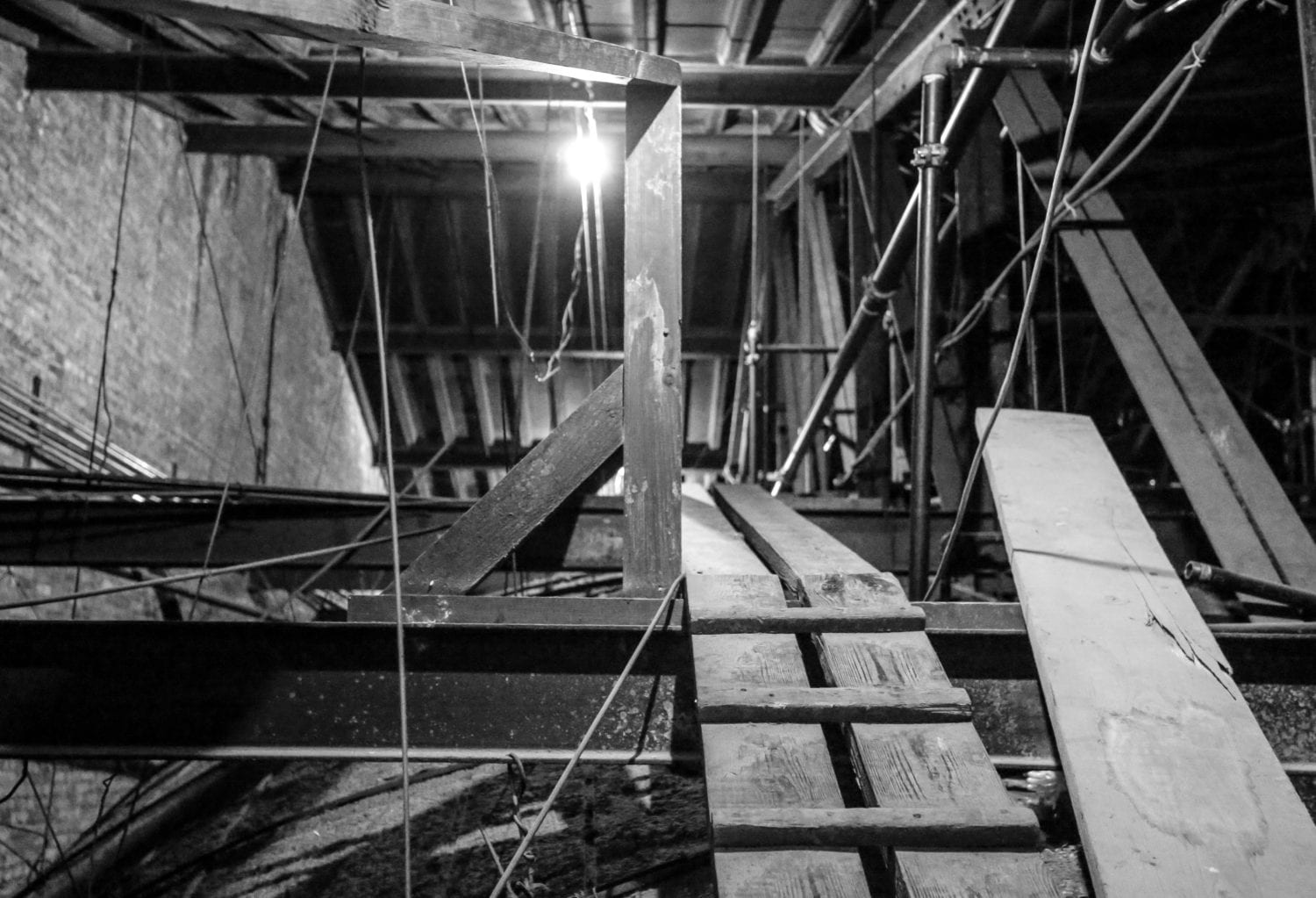
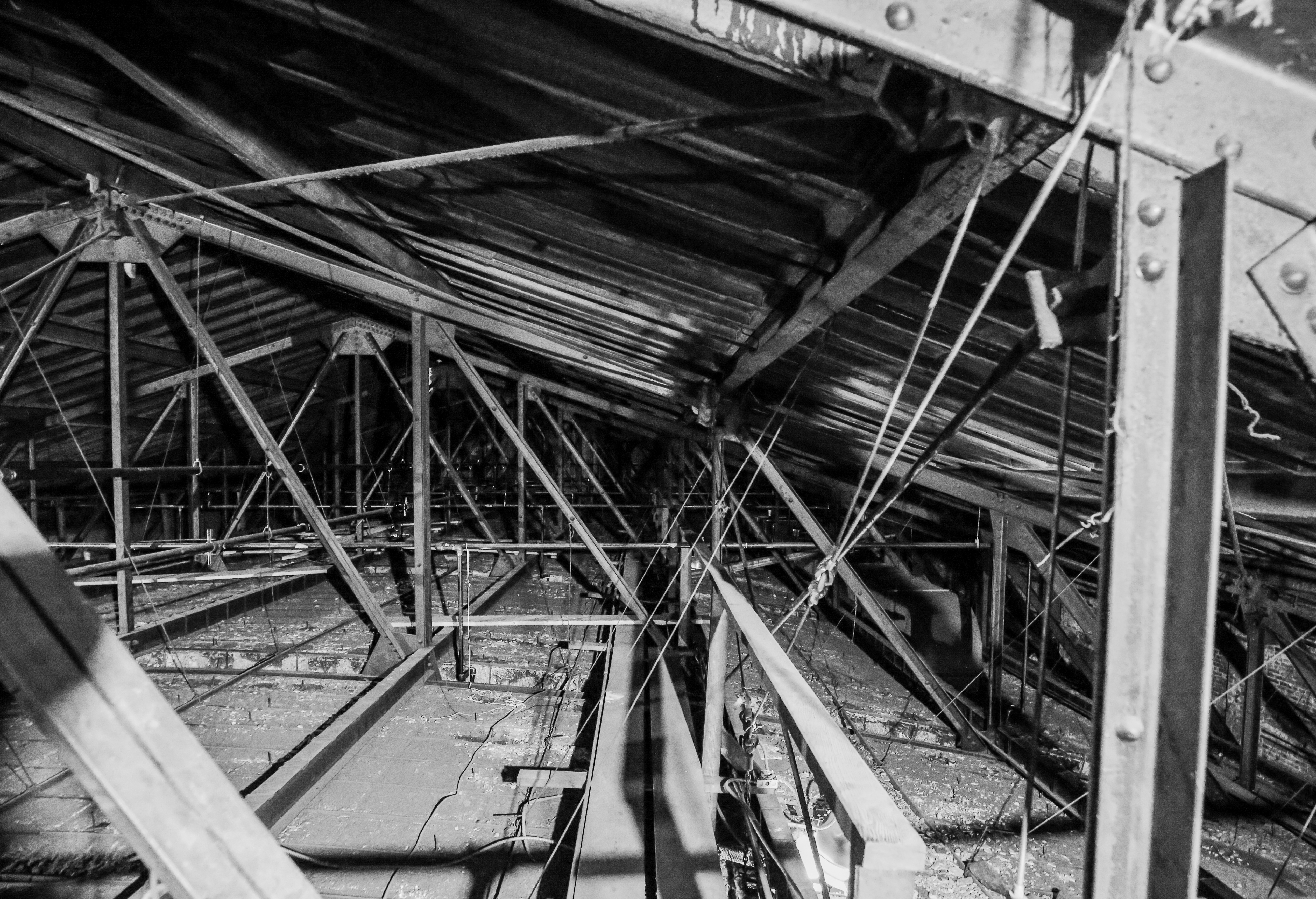
feeling confident that i had gleaned adequate energy to press on, i made my way to the plenum. i was utterly delighted to discover a richly colored debris field with a multitude of graphics i've become accustomed to seeing while gathering candy wrappers and boxes from other chicago theaters built around the same time. these environs were less hostile than the attic, so i spent a greater deal of time focusing of sifting through piles of past. here, evidence of what moviegoers consumed beginning in the late 1920's through the 1950's was all around me. in addition to collecting a cross-section of candy wrappers, i found several matchbooks, cigarette packs, campaign buttons and cards, light bulbs, a mummified pacifier, and other odds and ends, providing insight into what the moviegoers packed with them to the various shows and films they watched.

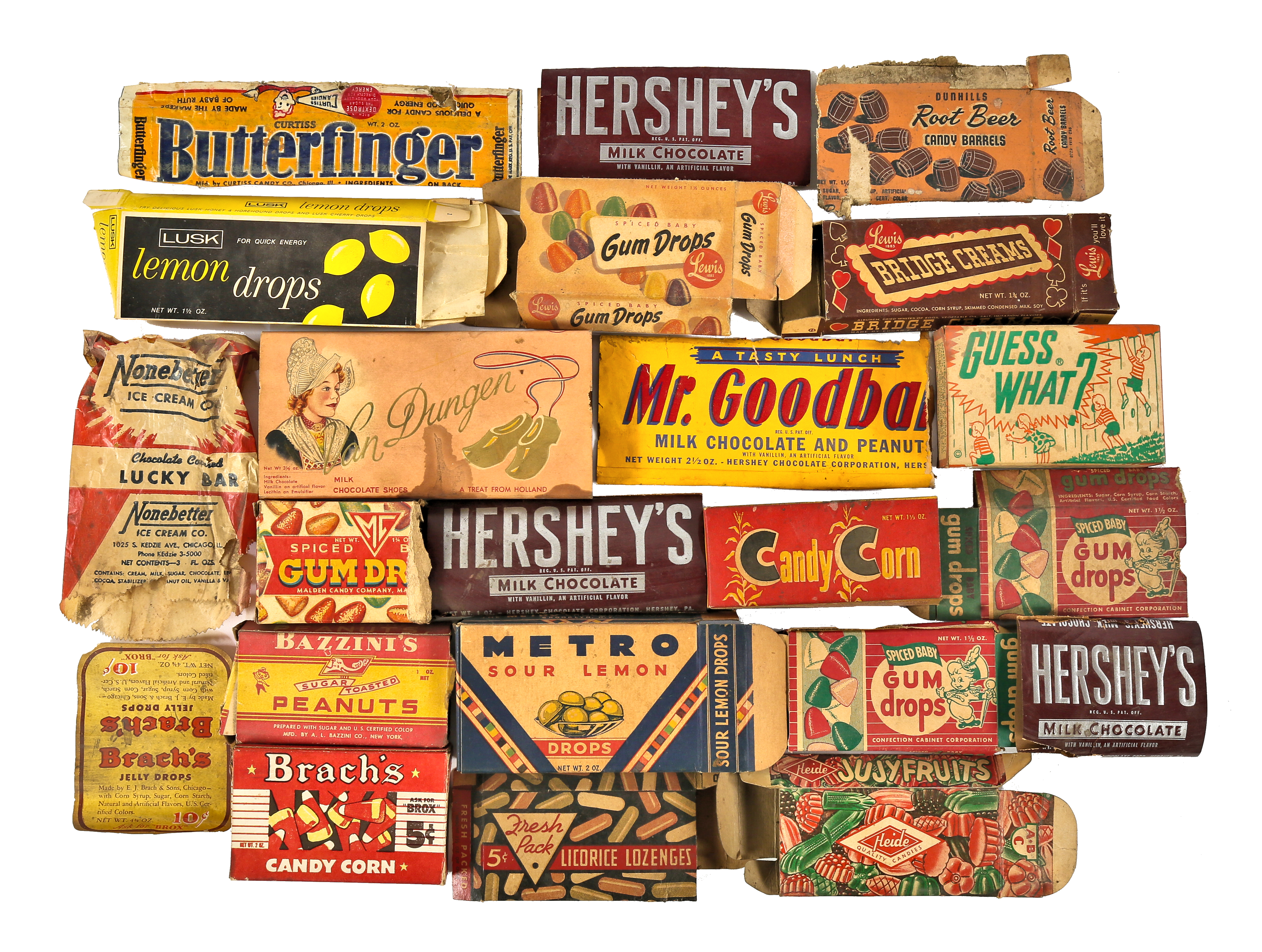
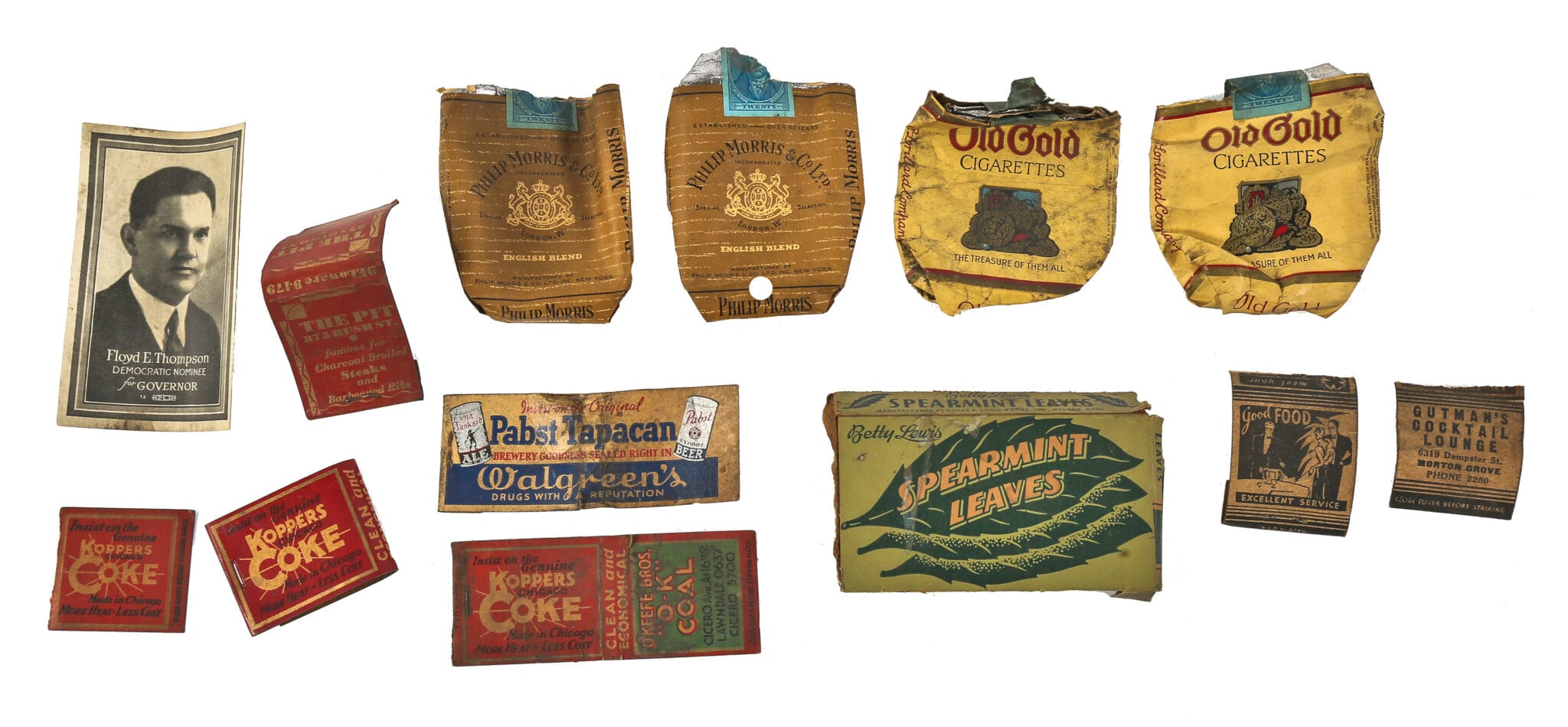
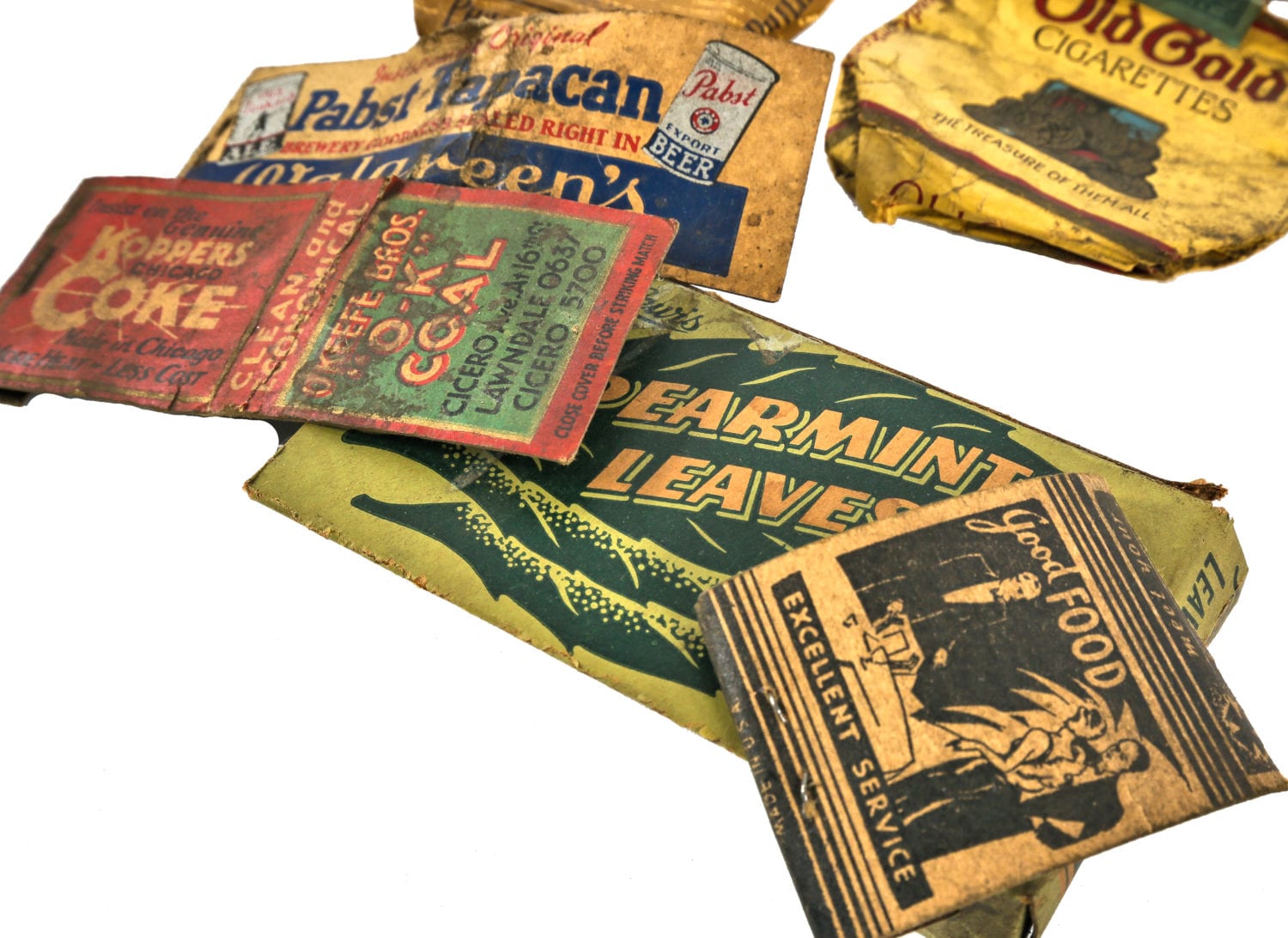
satisfied with what i collected, and with time running out, i gathered my equipment and boxed my finds to bring back to the studio. there i would catalog and photograph them for my rapidly growing theater "lost and found" project housed in the bldg. 51 museum archive; in fact, my book sharing the same title, is nearing completion. based in part on similar methods and materials collected from my multiple visits to congress theater, i have been ultimately inspired to make this an ongoing project, exploring additional theaters and collect data to compare and contrast a number of factors that i have determined to be relevant to these theaters across the board.
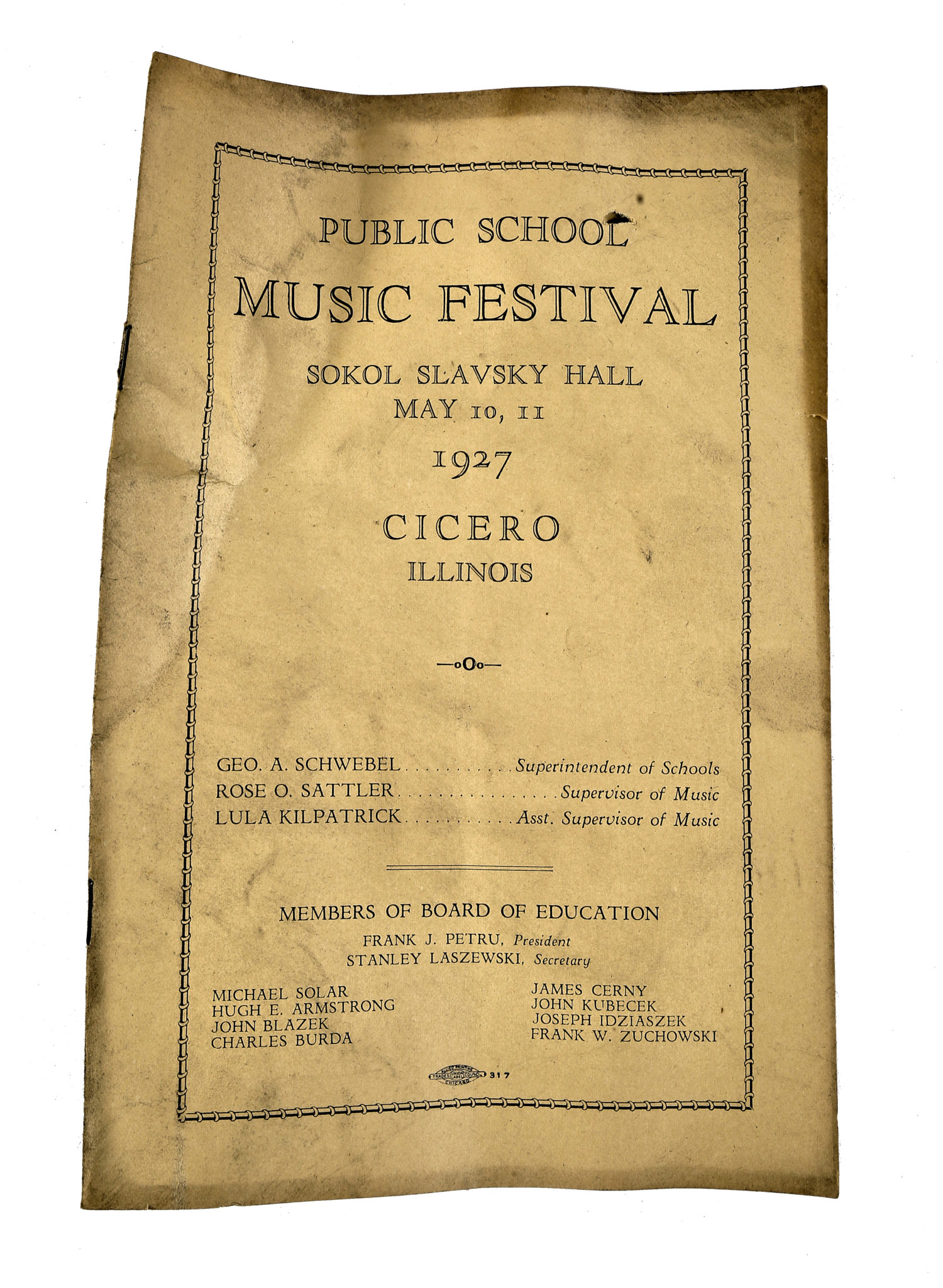
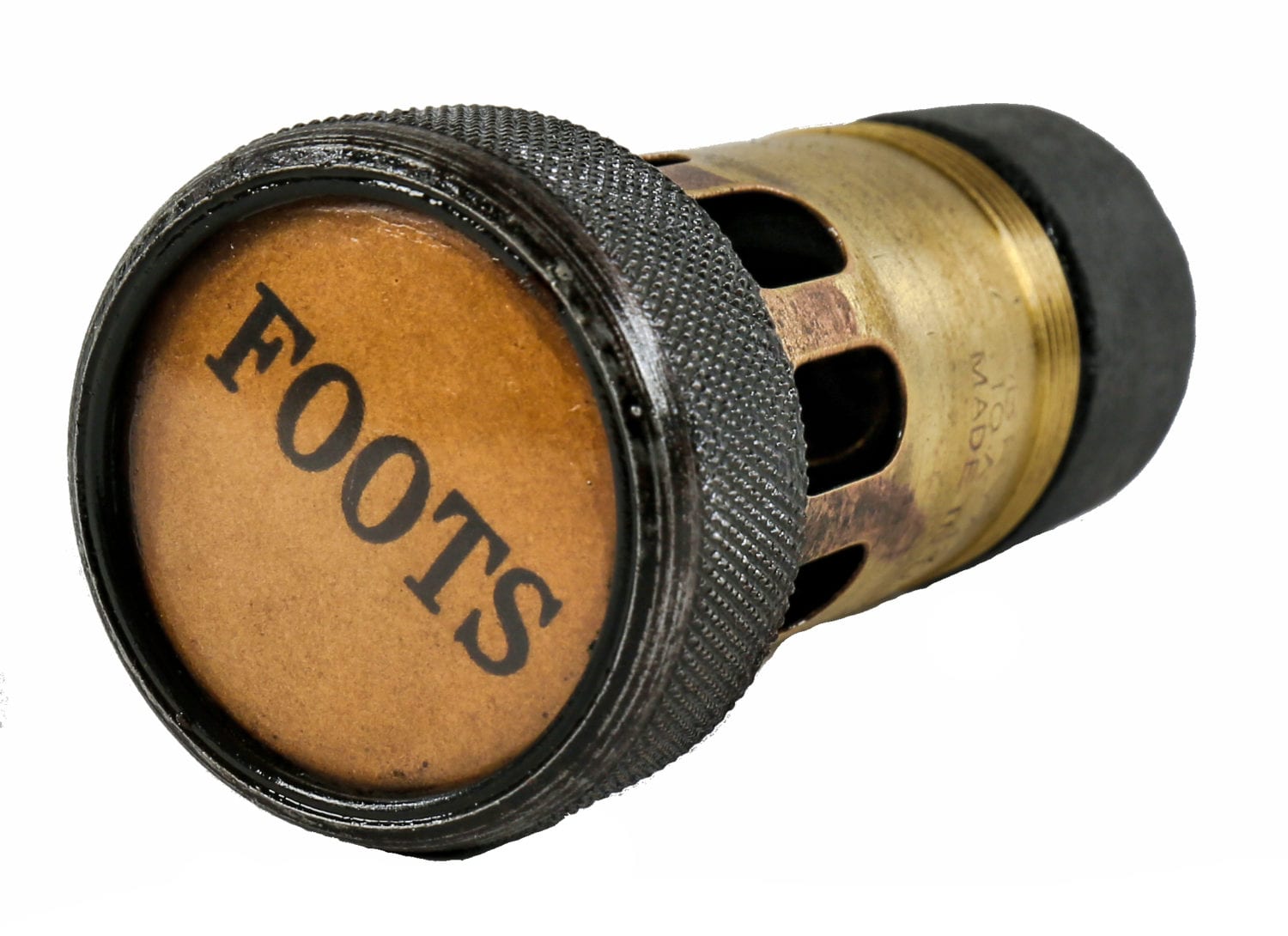
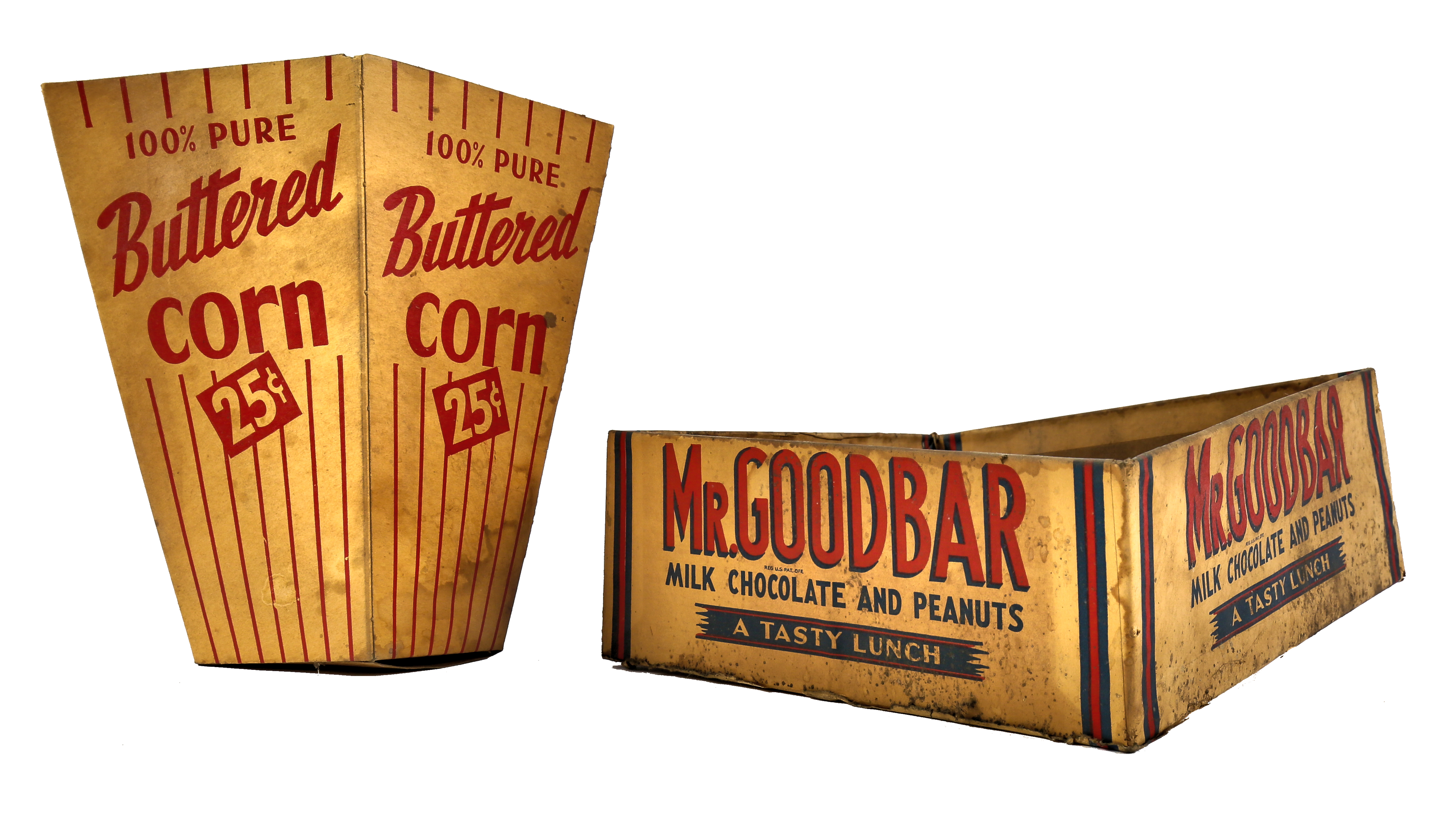
the 1920’s proved to be a boom period for the chicago area, as well as for the rest of the united states. the cicero-berwyn area became the destination for scores of czechs that were moving away from the crowded chicago neighborhoods of pilsen and lawndale. due to this westward migration, the sokol slavsky gymnastic association (a czechoslovakian organization whose primary focus was on physical training) would choose cicero as the home for what would be the largest building project ever undertaken by a sokol organization in the united states. the czech community had experienced exponential growth in the decades leading up to the 1920’s, and by this time had amassed a great deal of wealth.
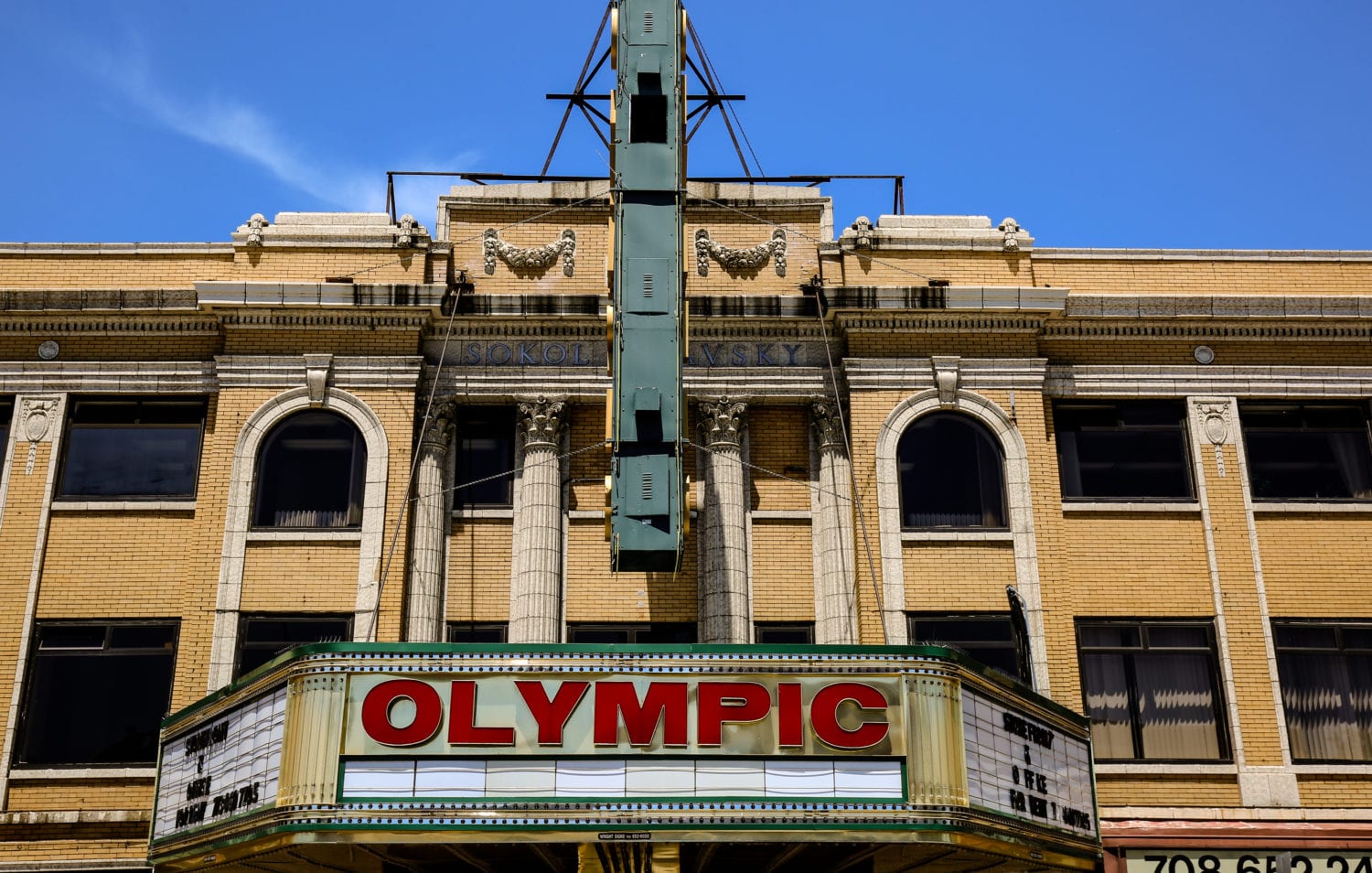
sokol slavsky invested $105,000 of their holdings to purchase one block of lots fronting on 22nd street (cermak rd.). they then hired the services of noted czech architects joseph j. novy and joseph bednarik to draw up plans for their new building. the plans included a large gymnasium for sokol slavsky, an olympic size swimming pool in the basement, 27 dormitories on the third floor for newly arrived immigrants, a 150 seat lodge hall, a large ball room, the 1800 seat olympic theatre, and retail space on the ground floor. with the architect’s plans, the building firm of john blazek was hired to take on the monumental task of construction. the structure was built by the most skilled craftsman of the day with a steel frame and the finest of materials. the erection of the sokol slavsky building had become the pride and joy of the neighborhood, and one of the most significant events in the czech community up to that point. there were parades, a celebration honoring the laying of the first bricks, and even a raffle to win a brand new bungalow to help raise funds.
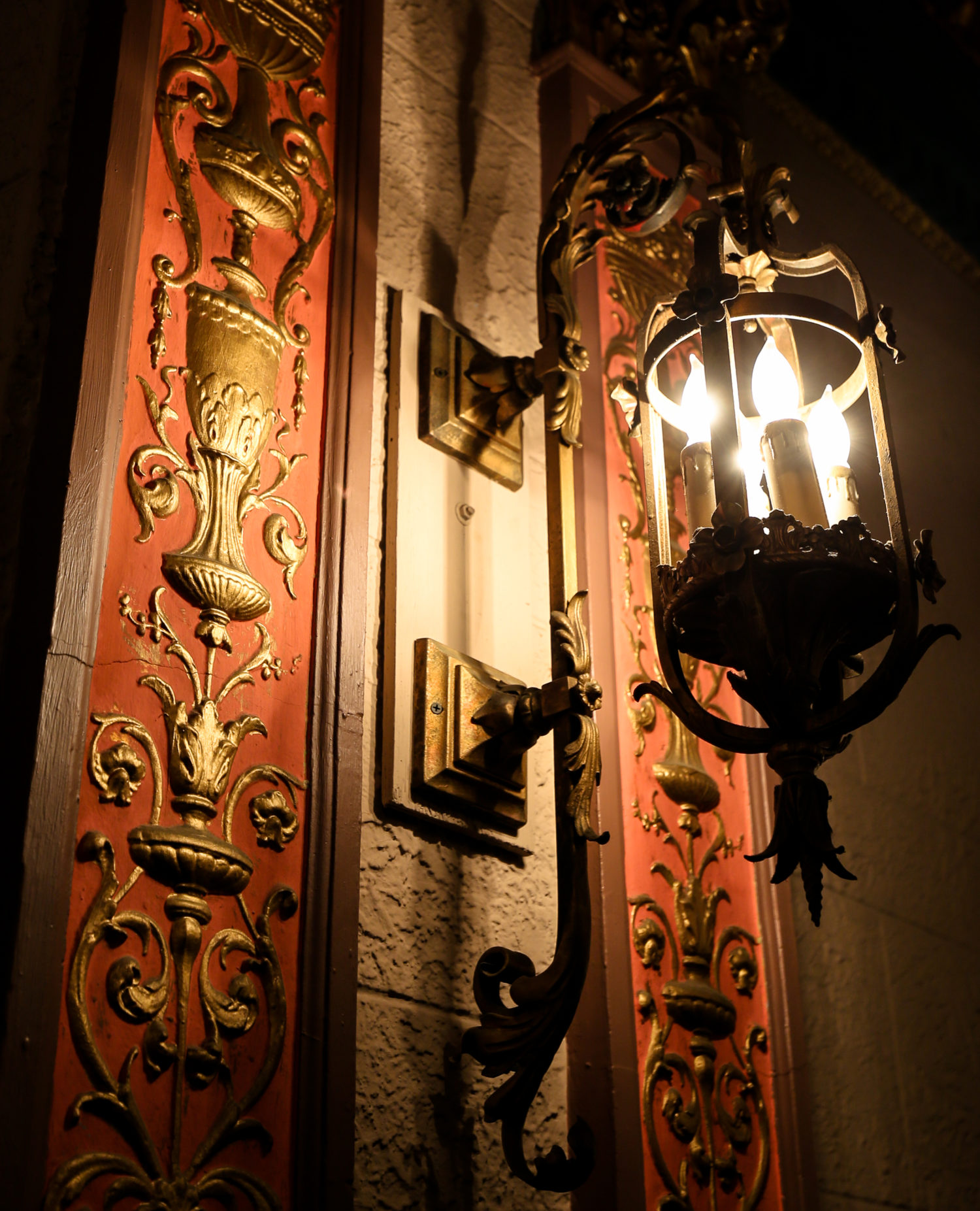
the first few years of the building’s existence were met with success, then came the unfortunate and devastating stock market crash of as well as the subsequant great depression. the sokol slavsky gymnastic association lost the property at this time, and the building was held in a receivership. soon after, the olympic building corporation was formed, consisting of a board of directors that handling the day to day operations of the property, as well as 500 stockholders that now owned the building. in 1939, the group did extensive remodeling and maintenance to the building, including washing the brick, tuck pointing, painting, and a remodel of the pool. in the 1930s, w.h.f.c. radio was located within the olympic building and was widely known throughout czech chicagoland because of the many czech language programs they aired.
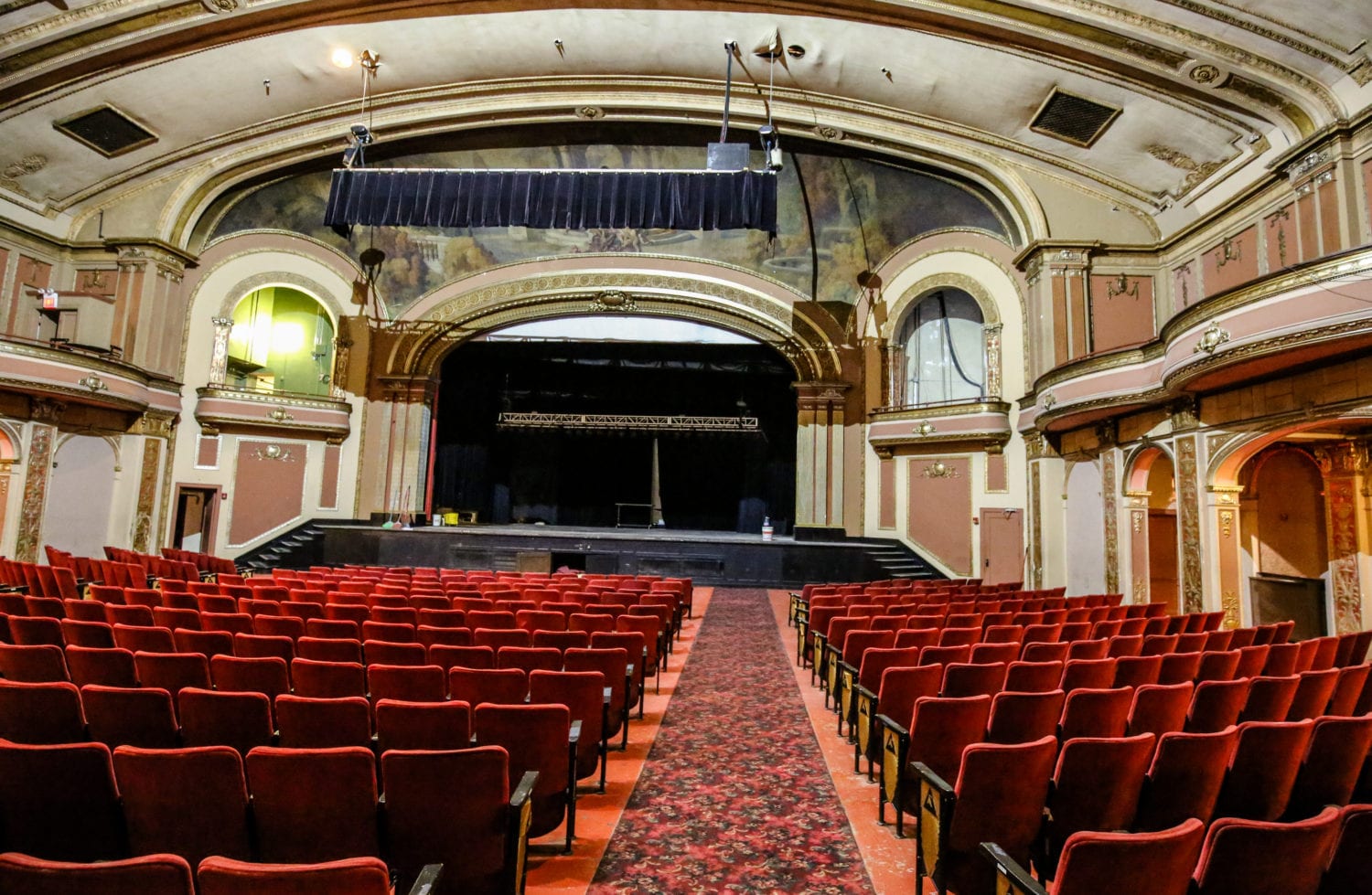
the czechoslovak society of america moved to cicero in 1932 and shortly after, moved their headquarters to the olympic building. the fraternal benefit organization had grown over the years and was looking to expand its operation. by october of 1946 the csa had purchased the building from the olympic building corporation for $350,000 (about a third of its original cost) and were now the building’s new owners. the csa owned and managed the building after the post war economic boom until they built their new headquarters in 1974 in berwyn. the building was then sold to olympic savings and loan, which was located just across the street. the savings and loan extensively remodeled the building again, including replacing all of the then 50 year old windows and converting the old immigrant dormitories on the third floor (which had later become a bachelor’s hotel) into new office space. olympic savings and loan then moved their offices to the third floor of the building. eventually the property found yet another new owner and went through some tough times as the neighborhoods changed ethnically and many of cicero and berwyn’s longtime residents moved away. all of the old businesses were now gone, some of which had been located in the building for decades.
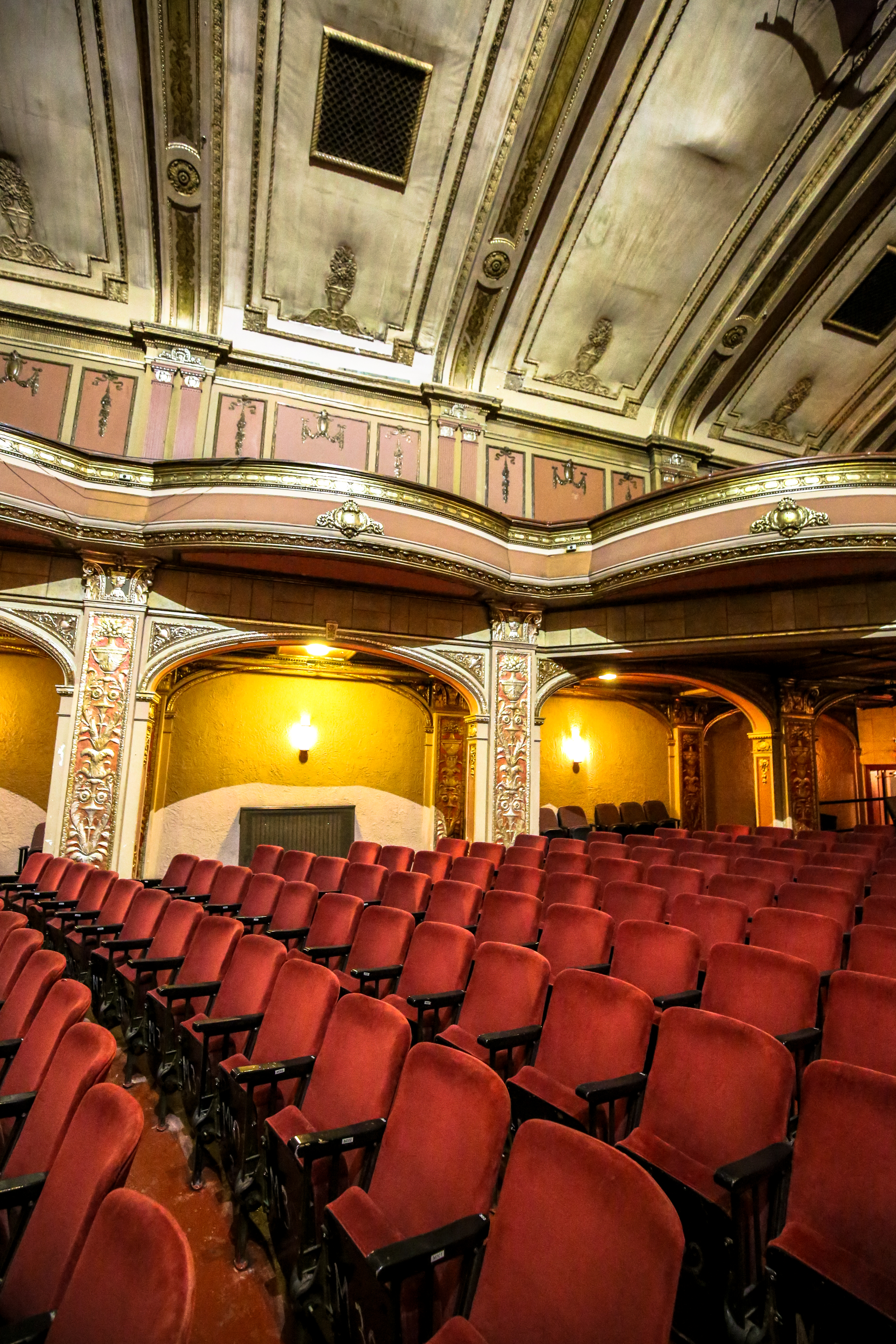
the olympic theatre has provided a home for a range of theatrical acts throughout its lifetime. in its expansive auditorium, the proscenium is crowned with a mural featuring the god of music, literature, and art. painted and decorated by john mallin the auditorium and lobby's earliest performances included vaudeville and opera. it was quickly adapted for motion pictures in 1939, and remained as a cinema showing second run movies for $2.00 until its closure in 1993. it served a brief stint a live theater venue in 1994 before closing once again, reopening briefly in the early 2000's as the concordia, a venue for latino comedy and musical acts. now under new management, the theater has returned to its original name, the olympic, and officially reopened as such on march 8, 2008. having undergone extensive renovations (including state of the art audio and visual components), the theater now hosts concerts, comedy shows, pageants, plays and other live entertainment. in recent times the entire olympic building has been reborn, with vacant retail store fronts being filled and lively patrons once again strolling its halls. in 2012 the town of cicero officially designated the olympic theatre a historic site.
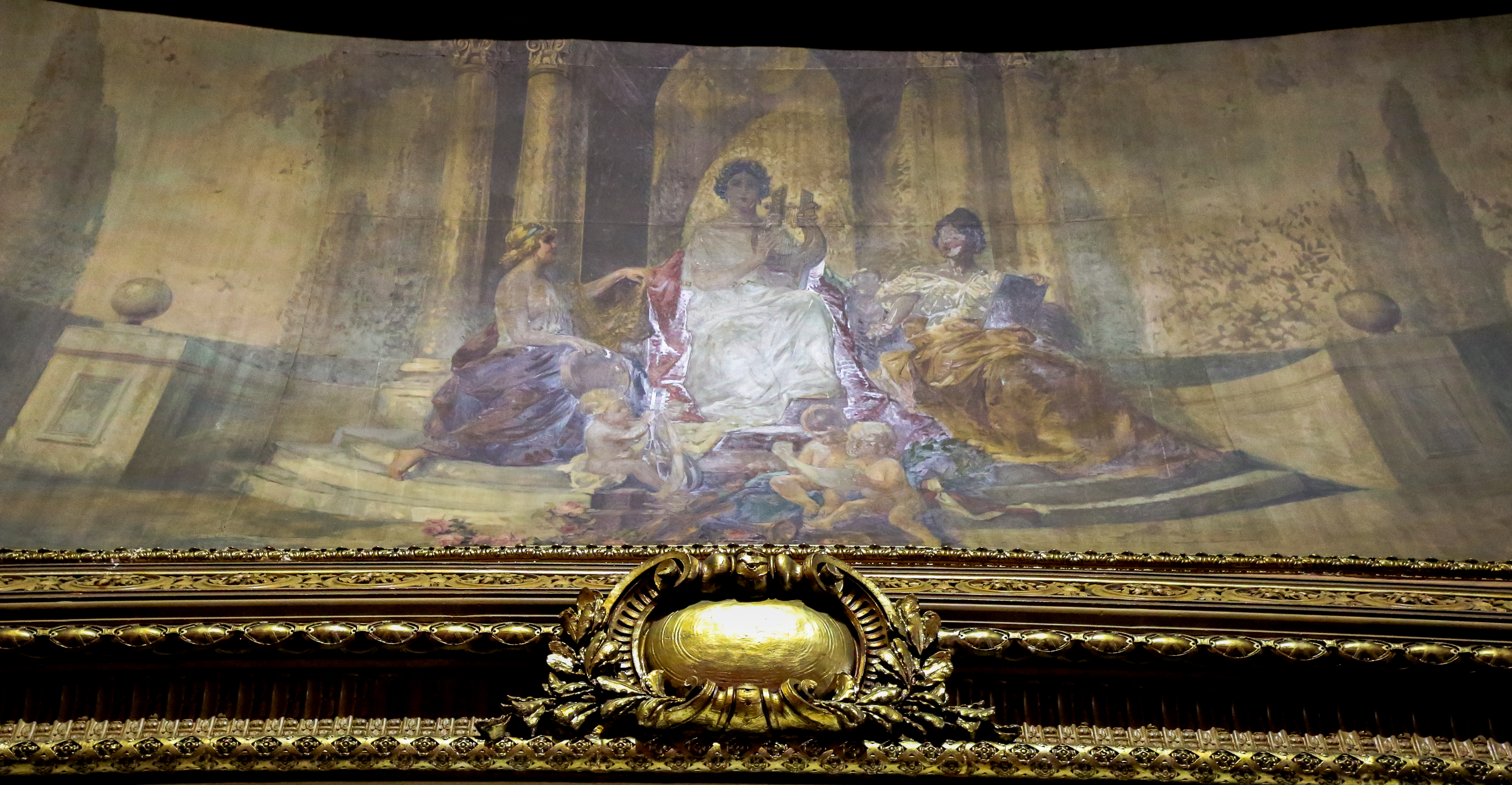
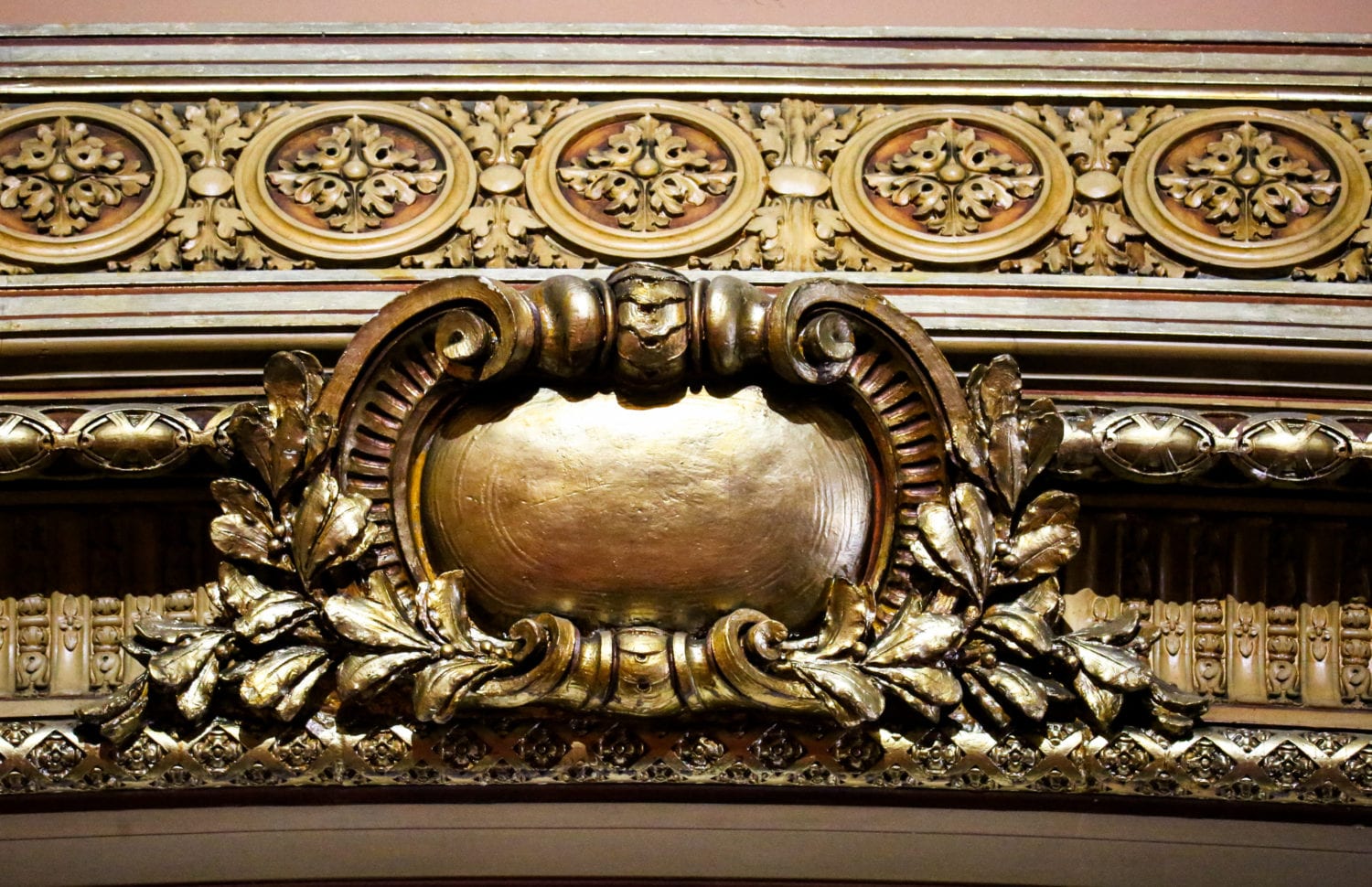
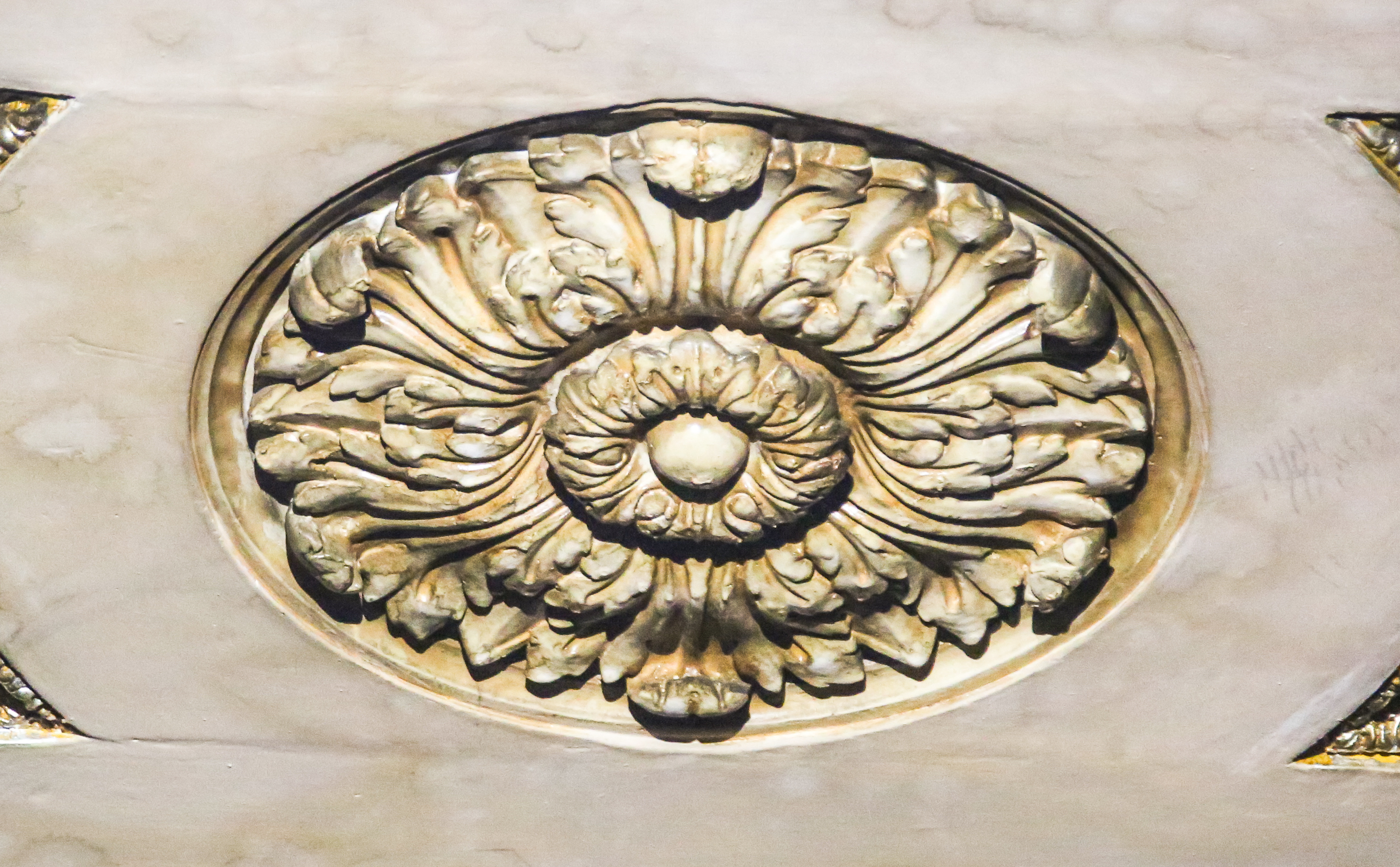
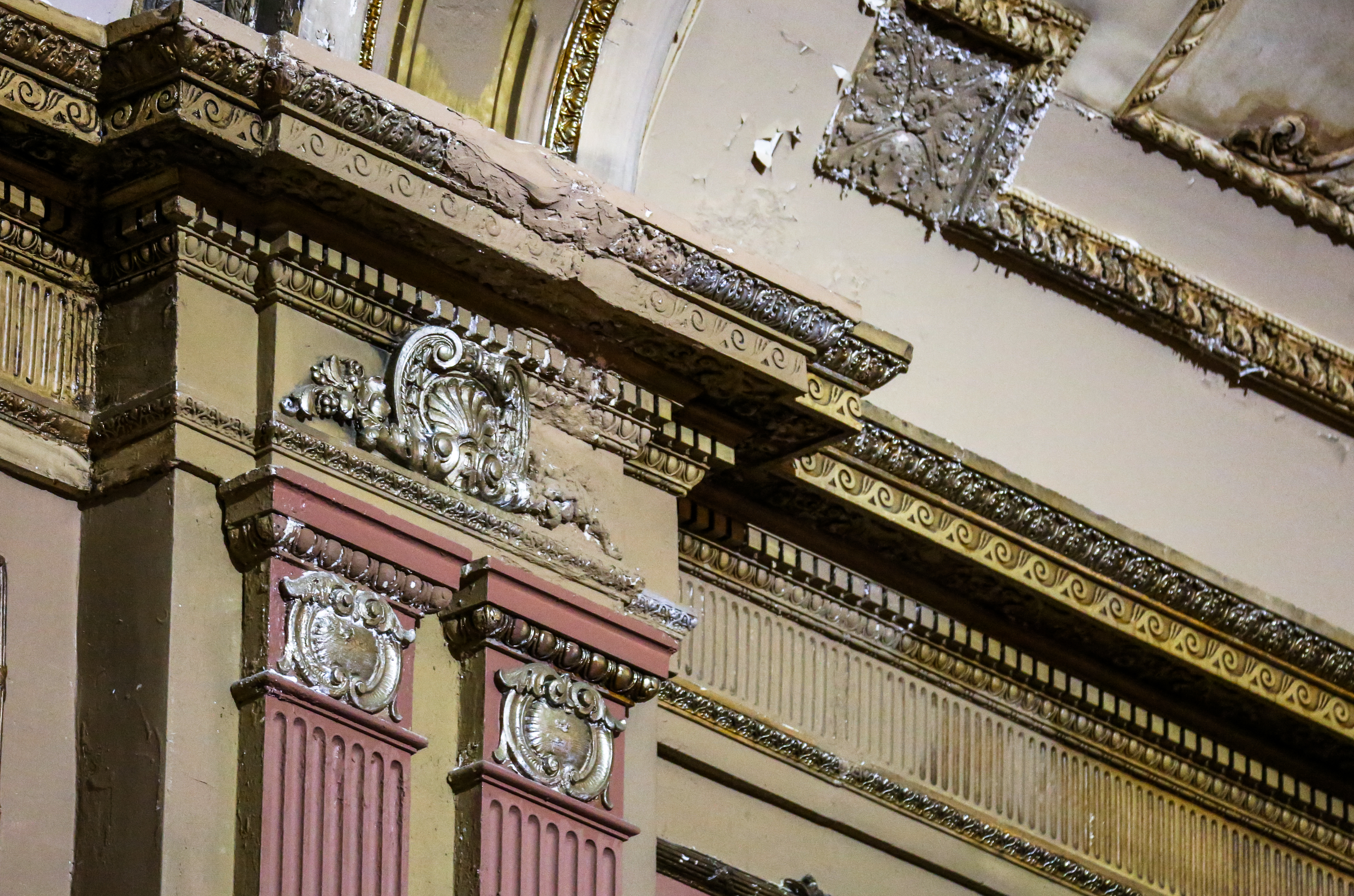
This entry was posted in , Miscellaneous, Salvages, Bldg. 51, Events & Announcements, Featured Posts & Bldg. 51 Feed on July 17 2017 by Eric
WORDLWIDE SHIPPING
If required, please contact an Urban Remains sales associate.
NEW PRODUCTS DAILY
Check back daily as we are constantly adding new products.
PREMIUM SUPPORT
We're here to help answer any question. Contact us anytime!
SALES & PROMOTIONS
Join our newsletter to get the latest information
























